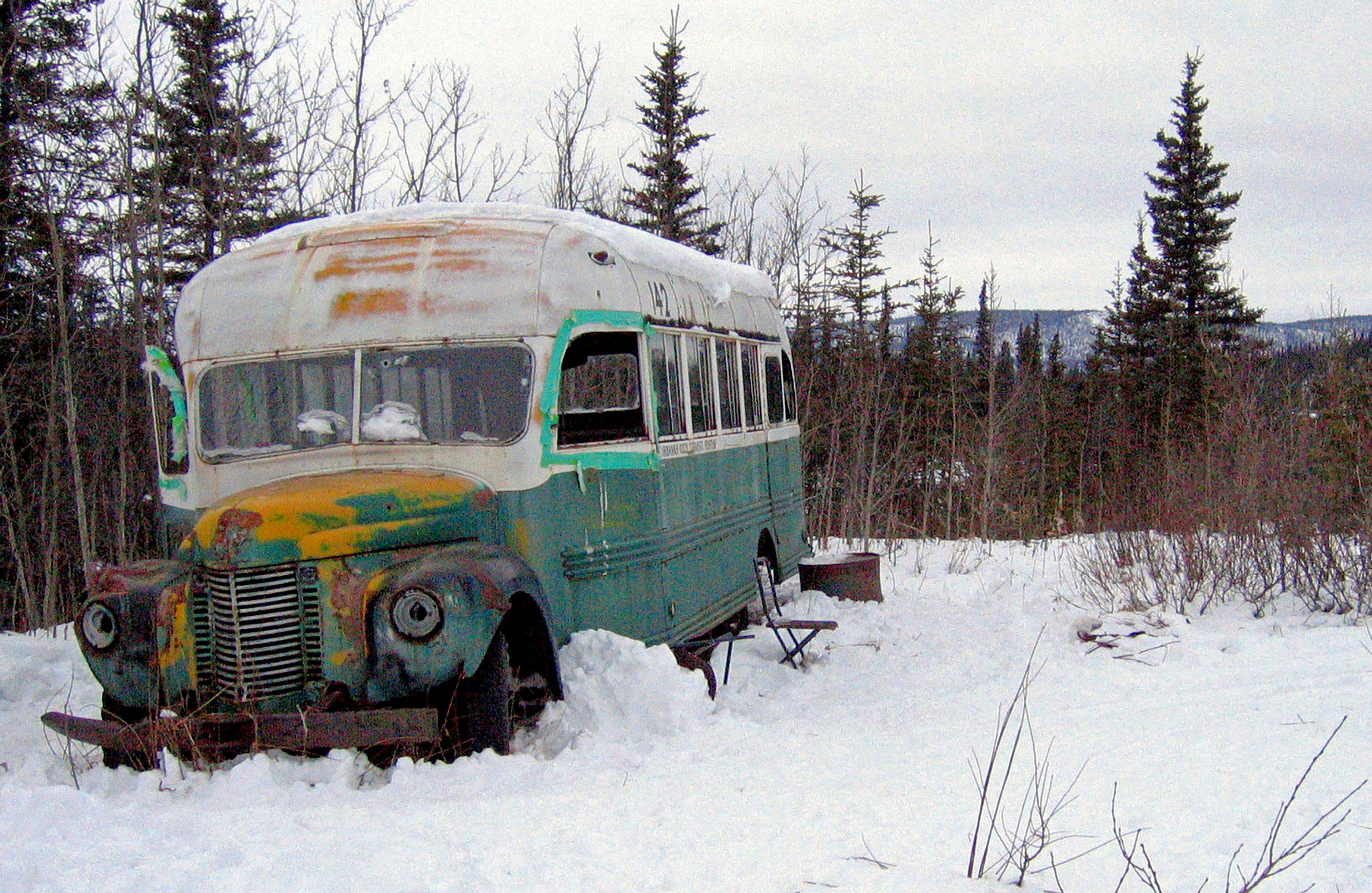‘Into the Wild’ lures the unprepared
Families of those who died propose building a footbridge to make the journey safer, or relocating the bus
ANCHORAGE, Alaska — For more than a quarter-century, the old bus abandoned in Alaska’s punishing wilderness has drawn adventurers seeking to retrace the steps of a young idealist who met a tragic death in the derelict vehicle.
For many, Christopher McCandless’ legend was cemented in the “Into the Wild” book and movie. But scores of travelers following his journey along the Stampede Trail just outside Denali National Park have been rescued and others have died in the harsh reality of back-country terrain that’s marked by no cellphone service, unpredictable weather and the raging Teklanika River, whose swollen banks prevented the 24-year-old Virginian from seeking help before his 1992 starvation death.
Now families of some of those who died are proposing looking at building a footbridge over the Teklanika. The effort is led by the husband of a 24-year-old newlywed woman from Belarus who died last year trying to reach the bus.
“People keep going there despite multiple accidents reported,” said Piotr Markielau, who was with his wife, Veramika Maikamava, when she was swept away by the river. “Making the crossing safer is a social responsibility. It is also a constructive and humane way to learn from people who died there.”
But some local officials in Denali Borough in Healy, about 25 miles away, fear a footbridge could give people a false impression of safety that doesn’t exist.
“It’ll only encourage more people to go,” said Denali Assembly member Jeff Stenger, who rejects the bridge idea and would prefer to see warning signs posted in the area instead.
Borough Mayor Clay Walker wants to see the bus relocated to a safer location on the other side of the Teklanika with the help of federal and state agencies.
“This bus has meaning to a lot of people, and the challenge will be to put together a plan that works for all,” Walker said.
Author Jon Krakauer, who wrote “Into the Wild,” said he is “saddened and horrified” by the deaths of people trying to cross the Teklanika. He’s also skeptical building a bridge or moving the bus will solve the problem.
“I really don’t know what can be done or should be done about the unprepared ‘pilgrims’ who get into trouble and perish or need to be rescued,” he said in an email to the AP. “I have no objection to removing the bus, or building a bridge to it, if a persuasive argument can be made that doing either of these things would solve the problem. I am skeptical about the wisdom of either of these proposed measures, however.”
McCandless’ sister agrees. Carine McCandless believes people will keep trying to reach the site, regardless of what locals decide. She said people send her messages every day from all over the world, identifying with her brother’s story, and she understands why people continue to make the trek.
“It is not Chris’s story they are following, it is their own, even if they don’t realize it at the time,” she said. “And as far as the lure of the bus — it’s not about the bus, either. If the bus is moved, people will simply erect a memorial in its place and continue to go there.”








